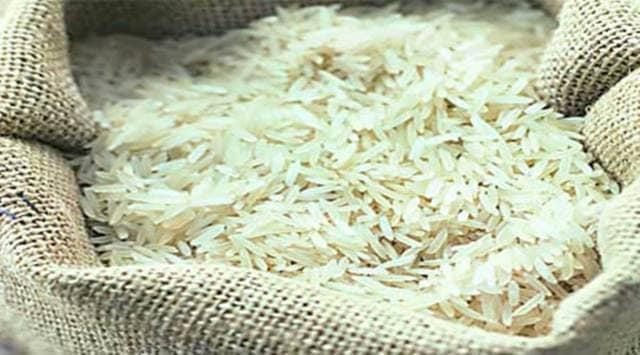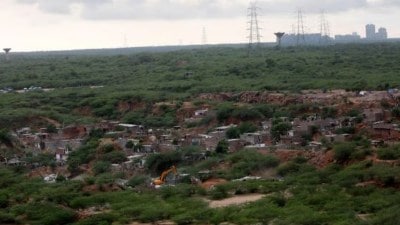Stay updated with the latest - Click here to follow us on Instagram
Farmers report ‘foot rot’ disease in Basmati, experts say ‘junk saplings, grow fresh batch’
With transplantation of Basmati (aromatic rice variety) just a month away, several farmers said that they have seen “foot rot” disease on the saplings that are in the nurseries.
 Experts said that the symptoms sometimes appear after transplantation and the infected plants first grow way taller than the normal plants and die after a few days. (File)
Experts said that the symptoms sometimes appear after transplantation and the infected plants first grow way taller than the normal plants and die after a few days. (File) With transplantation of Basmati (aromatic rice variety) just a month away, several farmers said that they have seen “foot rot” disease on the saplings that are in the nurseries.
They added that “foot rot”, which is a soil and seed-borne deadly fungus, was seen only in the Basmati variety of paddy. Paddy seeds are first sown in the nurseries and after a month the saplings are transplanted to the fields .
Caused by ‘Fusarium verticillioides’ fungi, experts said that the infected saplings turn pale yellow and become elongated and later, the saplings start drying and usually die.
Experts said that the symptoms sometimes appear after transplantation and the infected plants first grow way taller than the normal plants and die after a few days.
Amrik Singh, Gurdaspur’s District Training officer of the Punjab Agriculture department, said that adventitious roots appear on the lower nodes and pinkish growth of the fungus appears on the lower sheaths in most cases. “The timing for growing a seed in the nursery is very important and in Punjab, it must be grown in the first fortnight of June. The transplantation should be done in July when the saplings are around 25 to 30 days old. Hence, farmers who sowed the seeds in May are facing this problem,” Singh said, while elaborating on the reason behind the “foot rot” attack.
He added that to control the spread of the disease, sapling treatment is mandatory and should be carried out as early as possible. “It is also important to use disease-free, treated seeds, apart from destroying the infected saplings. The saplings should be smeared with talc formulation of Trichoderma harzianum for 15 g per kg of seed before sowing and for six hours with T harzianum for 15 g per litre of water before transplantation. The seeds could also be treated with Sprint 75 WS (carbendazim + mancozeb) by making slurry of 3 g fungicide formulation in 10 ml water for one kg seed before sowing,” Singh said, adding that after treatment the sapling must be kept in a layer of 6-7 centimeters on a gunny bag and then it must be covered with another damp gunny bag for a day and then it should be transplanted.







